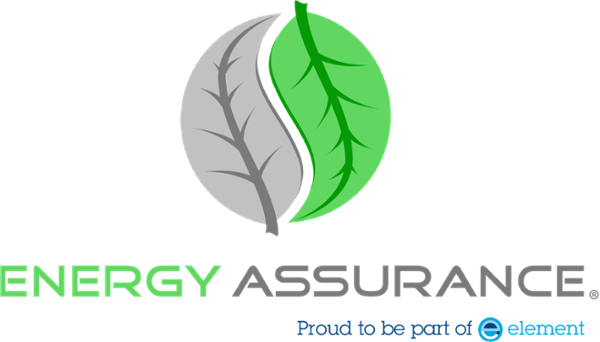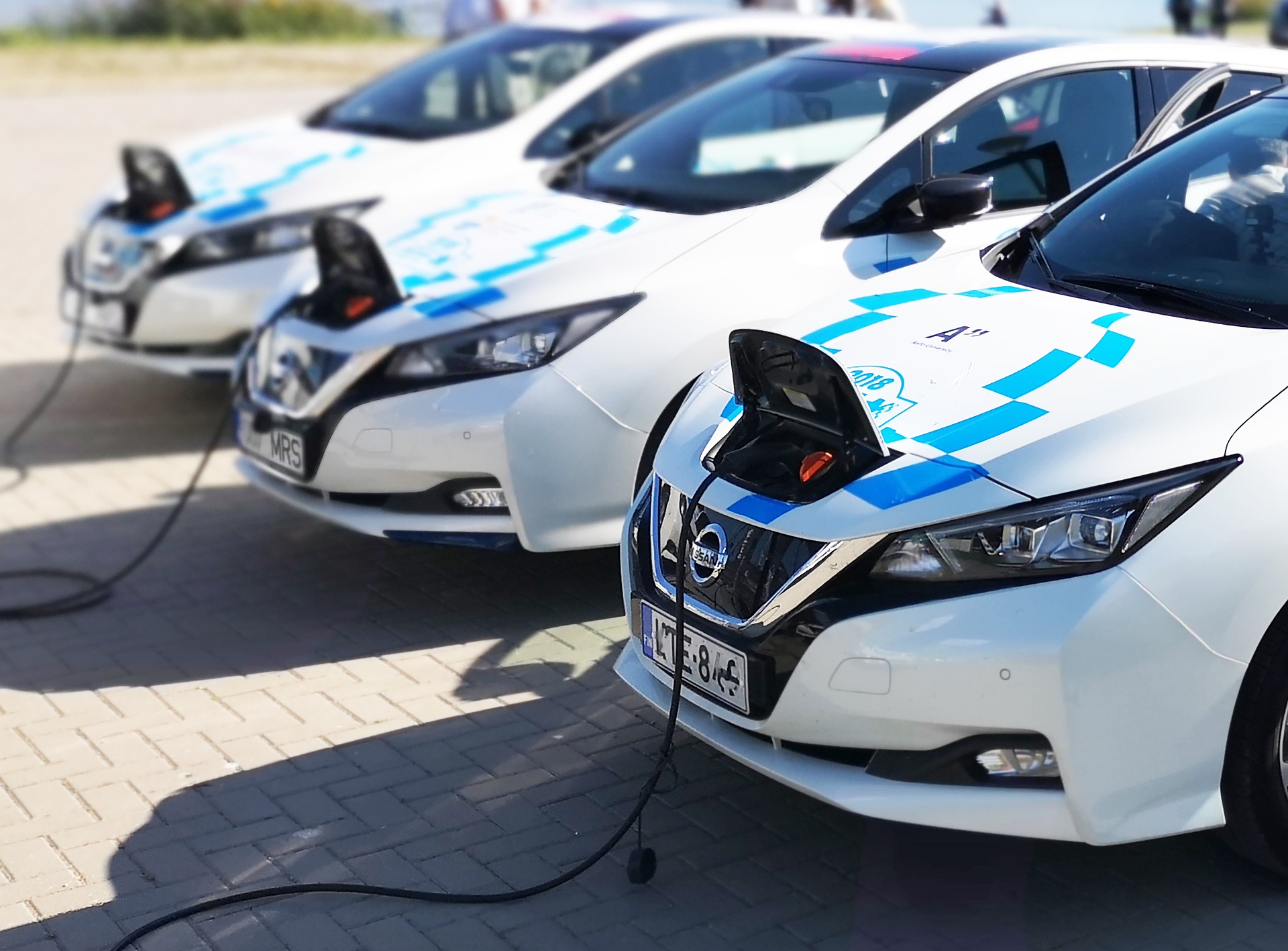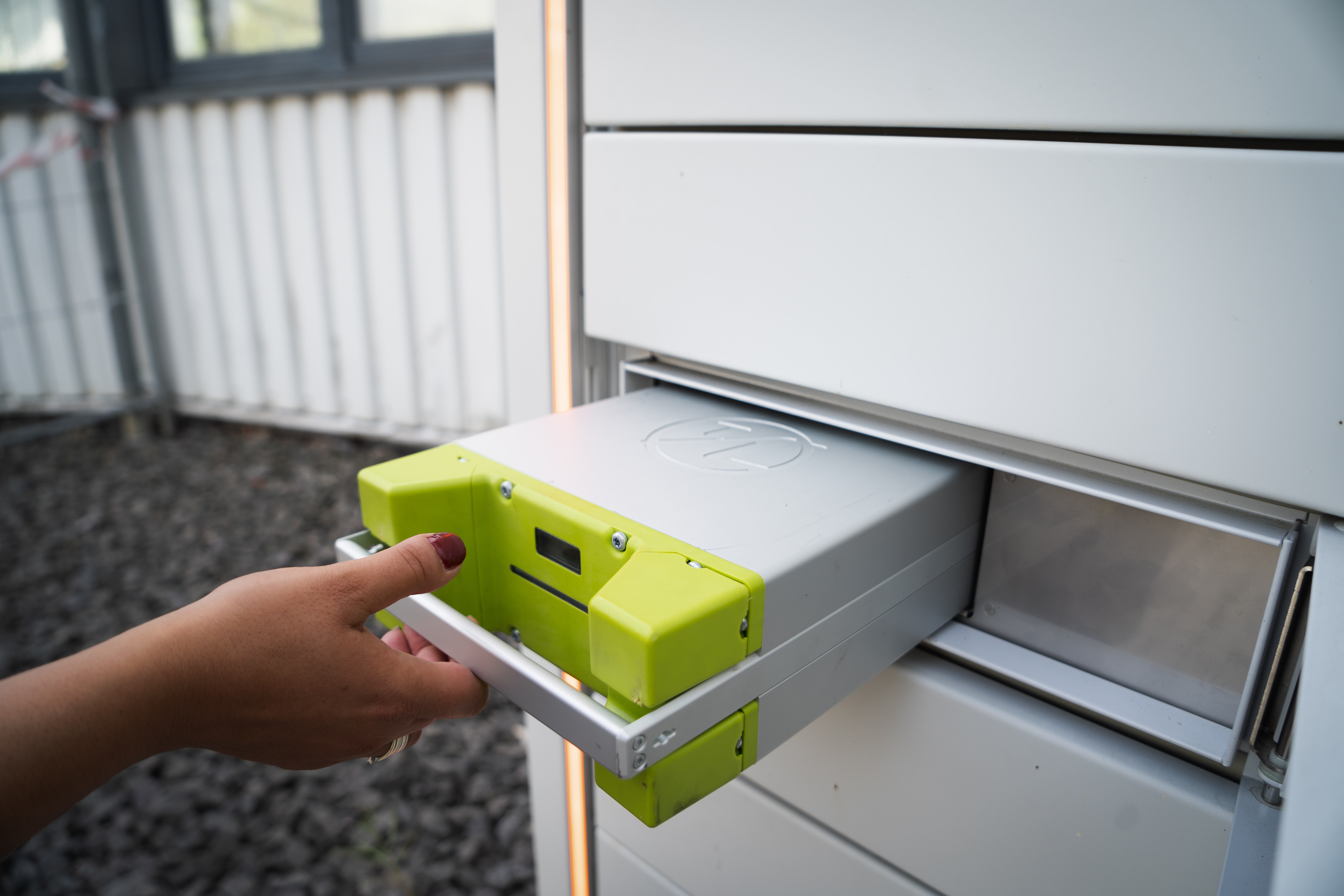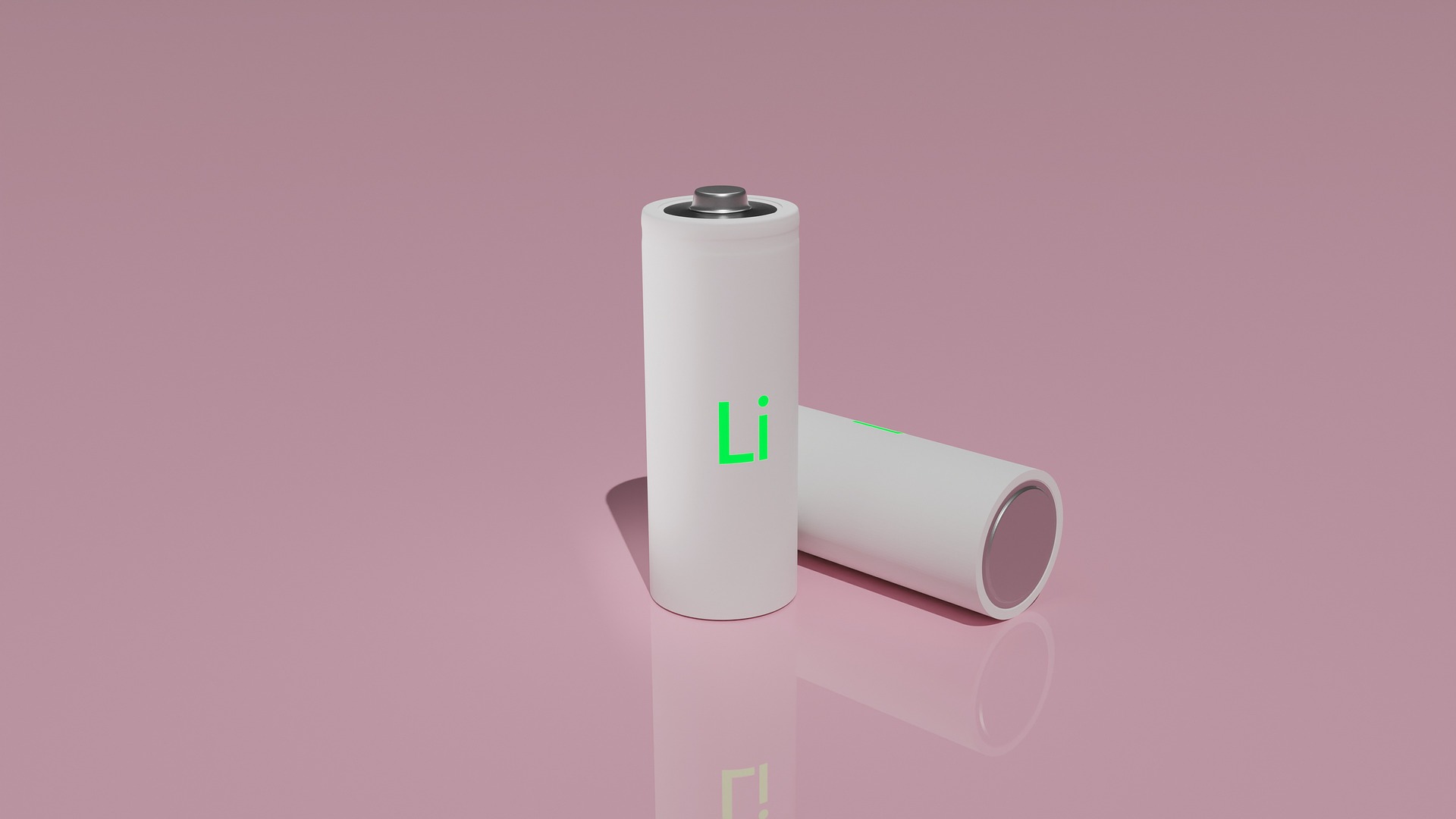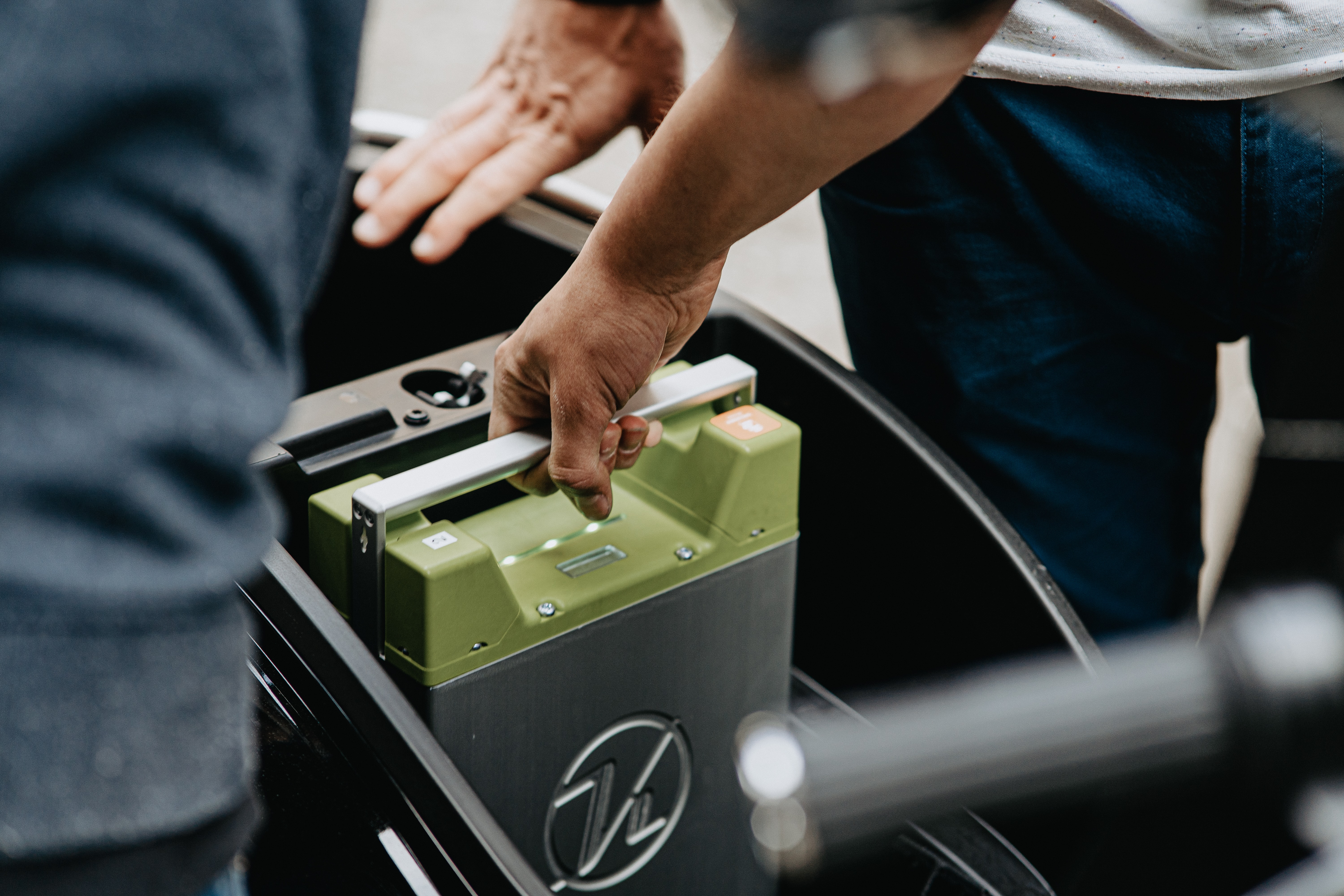
A Shift from Graphite to Silicon for Better Li-ion Batteries
As current iterations of lithium-ion batteries are beginning to reach their performance limits, manufacturers and technology analysts are becoming increasingly interested in the improvements that could be made by shifting from graphite to silicon anodes.
We’re going to discuss the rapidly maturing silicon anode market, the improvements silicon can provide with regard to energy density, battery performance, and battery testing, and how continued funding and investment in silicon anode technologies are bringing us closer and closer to a more effective and efficient Li-ion battery.
The Maturing Silicon Anode Market
The silicon anode market has been maturing over the past several years, with innovations and improvements being brought out by multiple different researchers, businesses, and manufacturers. As the market continues to grow, the adoption of more and more advanced silicon anode materials into increasing numbers of applications in the industry will likely become commonplace.
If the shift from graphite to silicon had been mentioned 10 to 15 years before the market could mature, it would have been deemed infeasible due to volume expansion and instability. Now that the funding is there and companies are striving towards increasing the capacity in lithium-ion batteries, this shift is on the horizon with the rise of electric vehicles and a push toward green energy.
Improvements in Energy Density and Performance
Before today, silicon was only used within the anode in very small quantities, often less than 5 percent by weight. It is traditionally an additive only and not the primary element in lithium-ion battery anodes. If we look at what happens when using more silicon in the anode, we’ll quickly notice the stability and cycle life issues that arise due to the inherent volume expansion of greater silicon volumes.
Due to improvements in silicon technology in the last decade, we are now able to use silicon amounts by percentage weight ranging from 5% all the way up to 100% within the anode. This allows for significant improvements in both the energy density and performance of these batteries.
Continued Funding and Investment in Silicon Anode Technology
There have been several companies and startups that have continued to receive funding and investment in developing silicon anode technology. Nexeon has raised a $200 million funding round, and Group14 Technologies has raised a $400 million investment round. Additionally, companies like Amprius have been able to deliver 450 Wh/kg commercial cells to be used in satellite applications. All of these improvements make silicon anodes today more promising than ever.
Taking Advantage of this Trend In Your Own Business
Even though we’re quickly approaching the performance limits of current-generation lithium-ion batteries, the improvements offered by silicon anode technologies are showing incredible potential and promise in the market.
It’s clear that the shift from graphite to silicon will allow battery manufacturers to level up their current capabilities and increasingly begin to provide more efficient and high-performing lithium-ion batteries to the marketplace. These improvements have the potential to positively impact numerous industries and generate significant revenues for battery innovators willing to develop this technology further.
If you’d like to learn more about these improvements in Li-ion batteries and the shift from graphite to silicon, schedule a consultation with Energy Assurance today.
